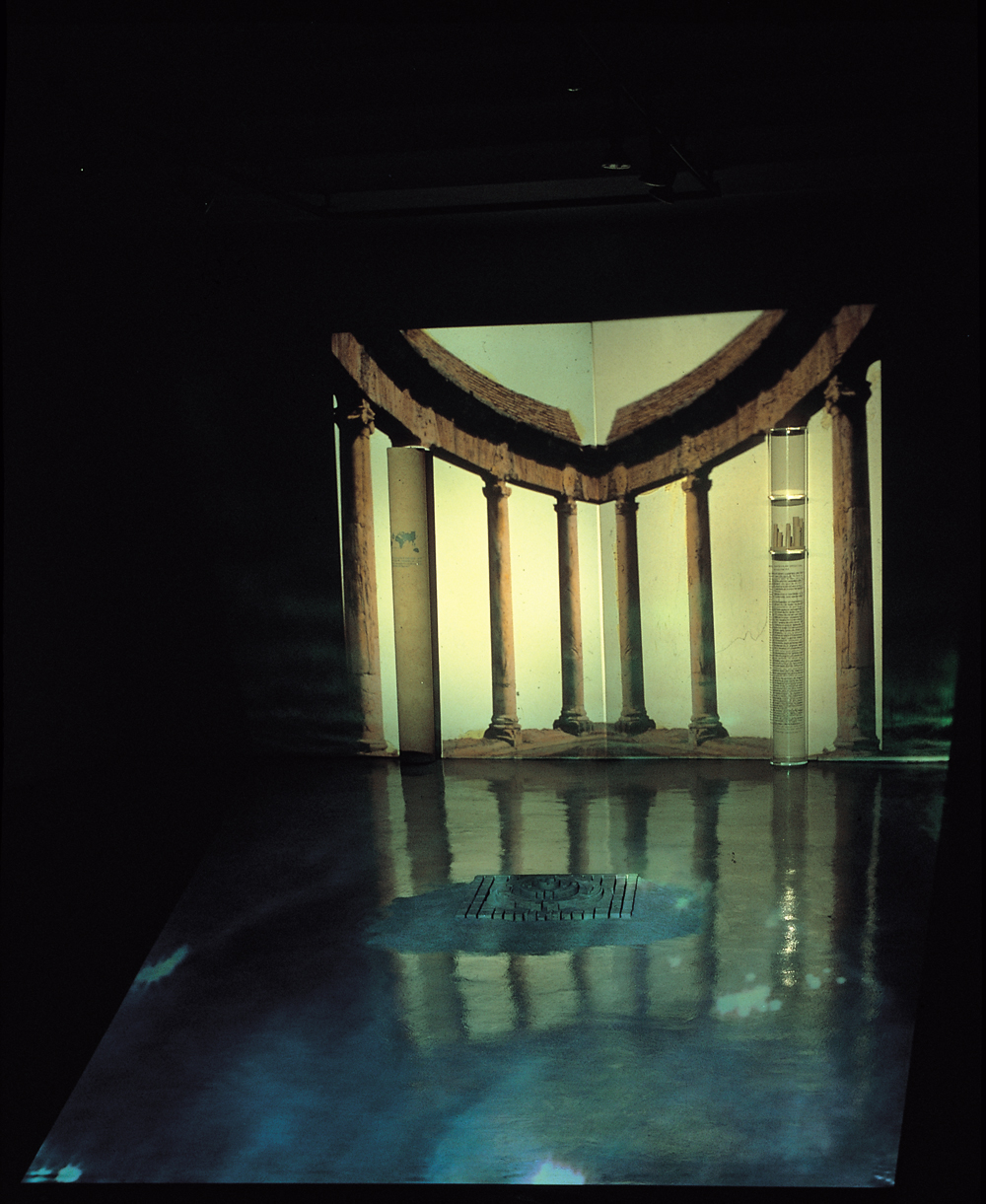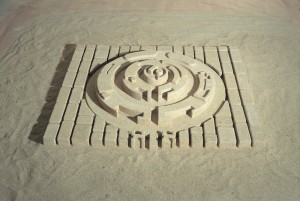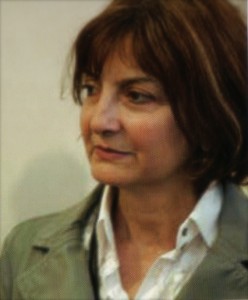Atlantis has been and still is one of the safest repositories of human imagination. It is a city, hidden somewhere, with neither a beginning nor an end – or, alternatively, it exists in many places – in the depths of the sea, and without ever showing itself (at least we modern people are convinced of this)
It replenishes itself, with its own beauties, with its own images, and we have evidence of its existence on the pages of books, in the dissertations of philosophers, and naturally in what we, with an over-used term, call collective memory.
Atlantis is a city, and like all cities has its own town-planning scheme and its own constant architectural style which define its image and its physical aspect.
Nevertheless, its architecture is exclusively a construction of thought, of personal projections of measures and geometries which come from the world of ideas.
“Cities – Calvino says in The Invisible Cities – are made up of many things: memory, desires, and traces of language. Cities are places of exchange, as all books on the history of economics explain, but this exchange is not only the exchange of goods, but also that of words, desires and memories”.
Atlantis is built on these structures and on these elements; buildings, roads and even columns and single stones are made of memories, desires, thoughts and sometimes utopias.
Nevertheless, neither its aspect nor its physical existence is important – although it is interesting, beginning from the countless descriptions, to construct and compare the many and various “versions”.
The greatness of Atlantis does not lie in its chronicles, in the actions of its citizens, in the solemnity of its buildings, but conversely, in its fragility and in the constant mutation of its image, in its blurred outlines and in its virtualness.
As in a puzzle, so in Atlantis, the key element is not what is apparent, but rather the shape of the single pieces which allow us to build up an image. In this compositional game anyone may insert a single piece in the right place, thus allowing the visual realization of the hidden city, without forgetting that this will be only a well-constructed illusion.
Ines Fontenla, with her installation, participates in this illusion. By choosing a pseudo-scientific shape, she creates her own Atlantis in accordance with the descriptions of Plato. She presents some fragments and overlaps them with a projected image. Fontenla establishes a relationship between the reality of the photographic image and the fiction of the object – a column of sand, incapable of providing “support” – subverting the cliché according to which the image, by its very nature, is no more than a simulacrum.
Atlantis, in the creation of the Argentinean artist, represents a space for ideas, a place whose reality springs from the presence of many thoughts, or rather, from the constructive capability of thought.
Furthermore, Atlantis – but we should rather say “this Atlantis” – is a reflection on the nature of the image, its own ambiguity, and its own prerogative to be a deception of the senses, unifying at the same time materialism and new mythology.
Cecilia Casorati
Translation: Anna Rita Gianneta





